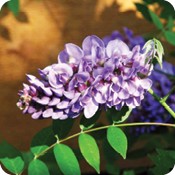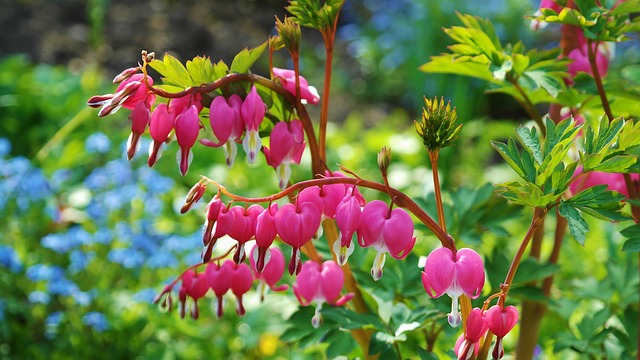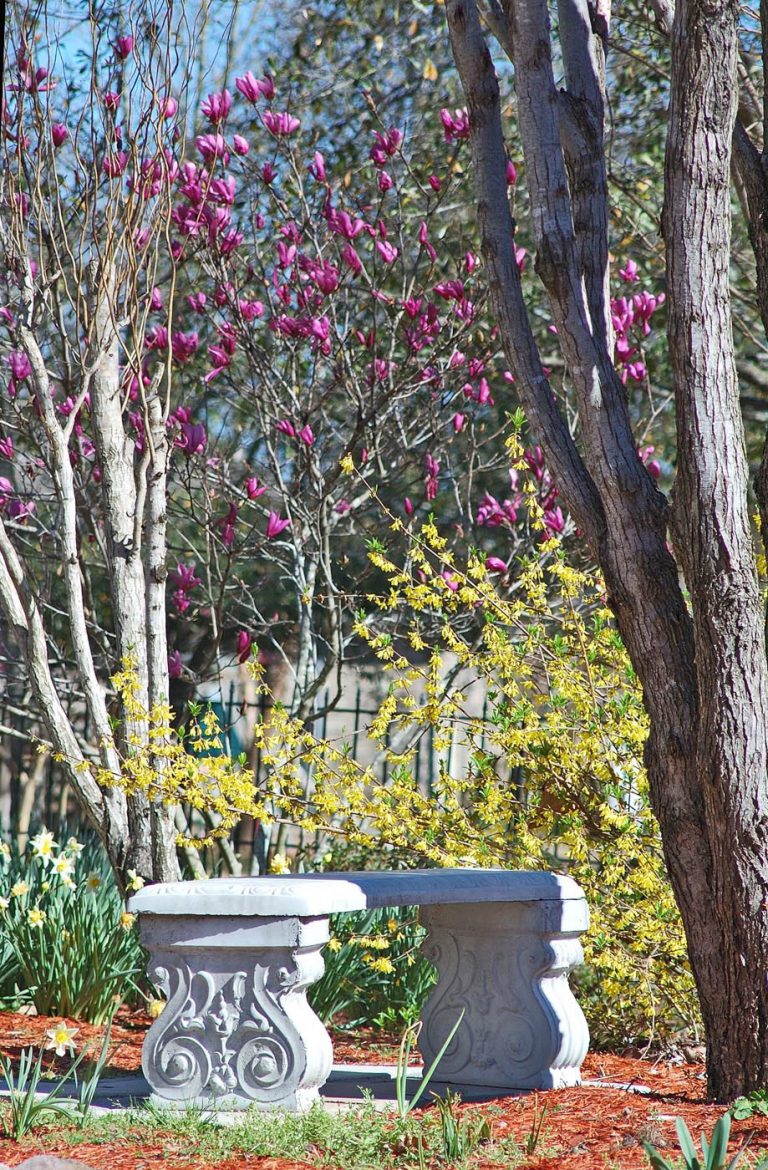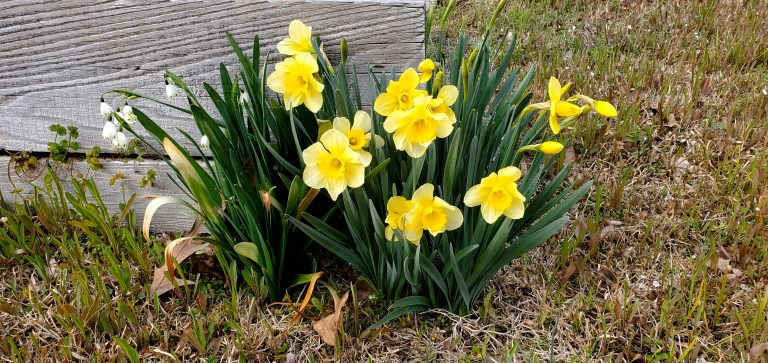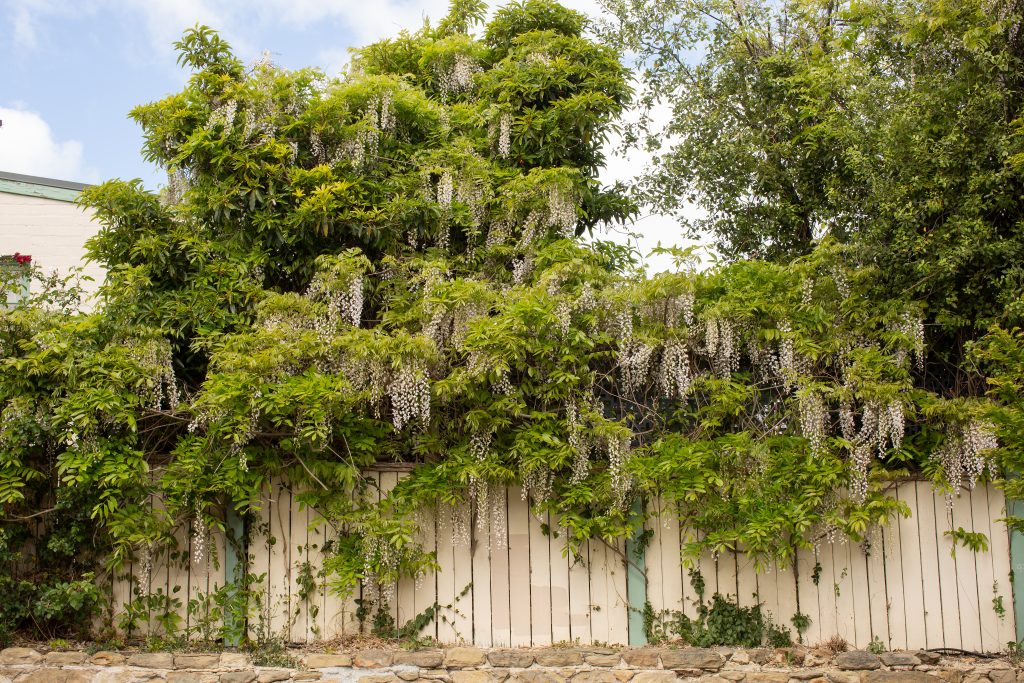
Wisteria can climb up tall trees and will continue to grow in the tree canopy where it can shade out smaller trees and plants below.
by Bronwynne Bailey
The Lafayette County Master Gardeners are pleased to welcome the public to their Annual Spring Lecture Series which will be held in the Dotsy A. Fitts Auditorium of the Public Library on 401 Bramlett Boulevard. Parking is available at the library or across the street at the Oxford Skate Park. For more information or questions follow the Master Gardeners on Instagram or Facebook, or visit www.lcmga.org/ or call the MSU Extension office at 662-234-4451.
The next presentation is on Thursday, May 1 at noon. The program, “How to Kill a Tree,” will be presented by Matt Neilson. Green Groves President and Owner, Matt Nielson, is an ISA-certified arborist and holds the ISA Tree Risk Assessment Qualification. Light refreshments will be served, and door prizes will be presented.
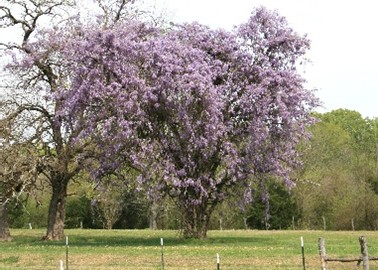
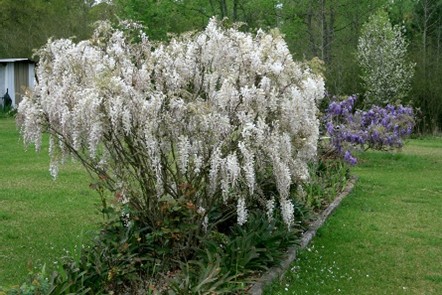
Wisteria
American Wisteria is a native vine unlike the invasive Chinese (Wisteria sinensis) and Japanese (Wisteria floribunda) varieties. Avoid or eliminate Japanese or Chinese Wisteria, both of which are invasive plants. American Wisteria is native to a wide swath of the United States, from Pennsylvania down to Florida, and west to Texas.
When selecting a wisteria for your garden, always choose native varieties like American wisteria (Wisteria frutescens) to avoid ecological disruption and enjoy less invasive gardening. Wisteria can climb up tall trees and will continue to grow in the tree canopy where it can shade out smaller trees and plants below. Additionally, invasive wisteria can live for more than 50 years; wisteria’s longevity only increases its ability to invade an area and choke out native plants. If you want to remove invasive wisteria species from your landscape, use evidence-based practices. The best way to eliminate wisteria from your landscape is to cut the vines off as close the root as possible and “paint” the cut stem with glyphosate (i.e. Round-up) or Garlon (i.e. Brush B Gone). This process can be repeated throughout the summer as wisteria resprouts. Wisteria can grow from seeds or roots. Be sure to properly dispose of cut vines to prevent infestation. Proper disposal of wisteria involves putting it out for curbside pickup or burning refuse. If you don’t want to use herbicides you can simply cut the vine off as close to the root as possible but be aware that wisteria will continue to sprout after being cut, so you will have to cut it back every few weeks until fall.
Native wisteria is a counterclockwise twining deciduous woody vine that grows to 40 feet or more. It can be trained to grow on a trellis, building, or fence. It can also be pruned into a rounded shrub structure. The native species blooms with blue-purple flowers in the early summer and sometimes again in the fall. American wisteria (Wisteria frutescens) and evergreen wisteria (Millettia reticulata) are two lovely, non-invasive options for your home landscape. American wisteria is a larval host plant to both the silver-spotted skipper and the long-tailed skipper butterflies.
How can you tell the difference between native and foreign wisteria? Chinese and Japanese wisteria make fuzzy seed pods while American Wisteria’s seed pods are smooth. Another way to differentiate wisteria is their blooming time. Chinese and Japanese Wisteria bloom earlier than native American Wisteria. Their buds are waning this week. Native wisteria bloom in June or July. Wisteria may take two to three years to produce blooms. Bees, butterflies, and pollinators are attracted to native wisteria.
Toxicity
Nausea, repeated vomiting, abdominal pain, and diarrhea can result from eating 1 or 2 seed pods.
Soil Preferences
It is best grown in slightly acidic (pH < 6), humus-rich, soils. Be sure the soil is well drained.
Planting Depth & Spacing
American wisteria thrives in full sun for optimal blooming (6 or more hours of direct sunlight a day.) While it can grow in partial shade (sunlight only part of the day, 2-6 hours), too much shade will result in reduced flowering and more leafy growth. Plant it in a spot that gets at least 6–8 hours of direct sunlight daily.
Watering
Newly planted wisteria requires consistent moisture, with a goal of one inch of water per week. Once established, native wisteria is relatively drought-tolerant, but still needs periodic deep watering, especially during hot, dry periods when flower buds are forming in August/September. Allowing the plant to dry out during blooming will cause bud drop.
Fertilizing
An application of fertilizer in early spring can stimulate flowering.
Pruning
While native wisteria is less aggressive than its invasive counterparts, it can still benefit from regular pruning. Any drastic pruning is best carried out in the spring, immediately after flowering. You can also trim American Wisteria in late winter to encourage a bushier, more controlled shape. Remove any dead or diseased branches to keep the plant healthy. American Wisteria makes most of its flowers on old wood—meaning the growth from seasons past. To promote as many flowers as possible, prune new growth and leave the older growth alone.
Pests
Susceptible to honey fungus, foliage-chewing insects and fungal diseases. There are several reasons that vines may fail to flower including frost damage to flower buds in winter, too much shade, plants too young (especially seed grown ones), improper pruning, or overfertilization.
Propagation
You can propagate through cuttings. Softwood cuttings in late spring yield the best results for native wisteria propagation. Healthy four-to-six-inch stems and rooting hormone boost your chances of successful rooting. Insert the cuttings into the soil, ensuring that at least one node is buried to encourage growth. After planting, water the cuttings thoroughly. Cover them with a plastic bag or dome to maintain humidity. Place cuttings in indirect light. Roots typically develop within 4-6 weeks.



